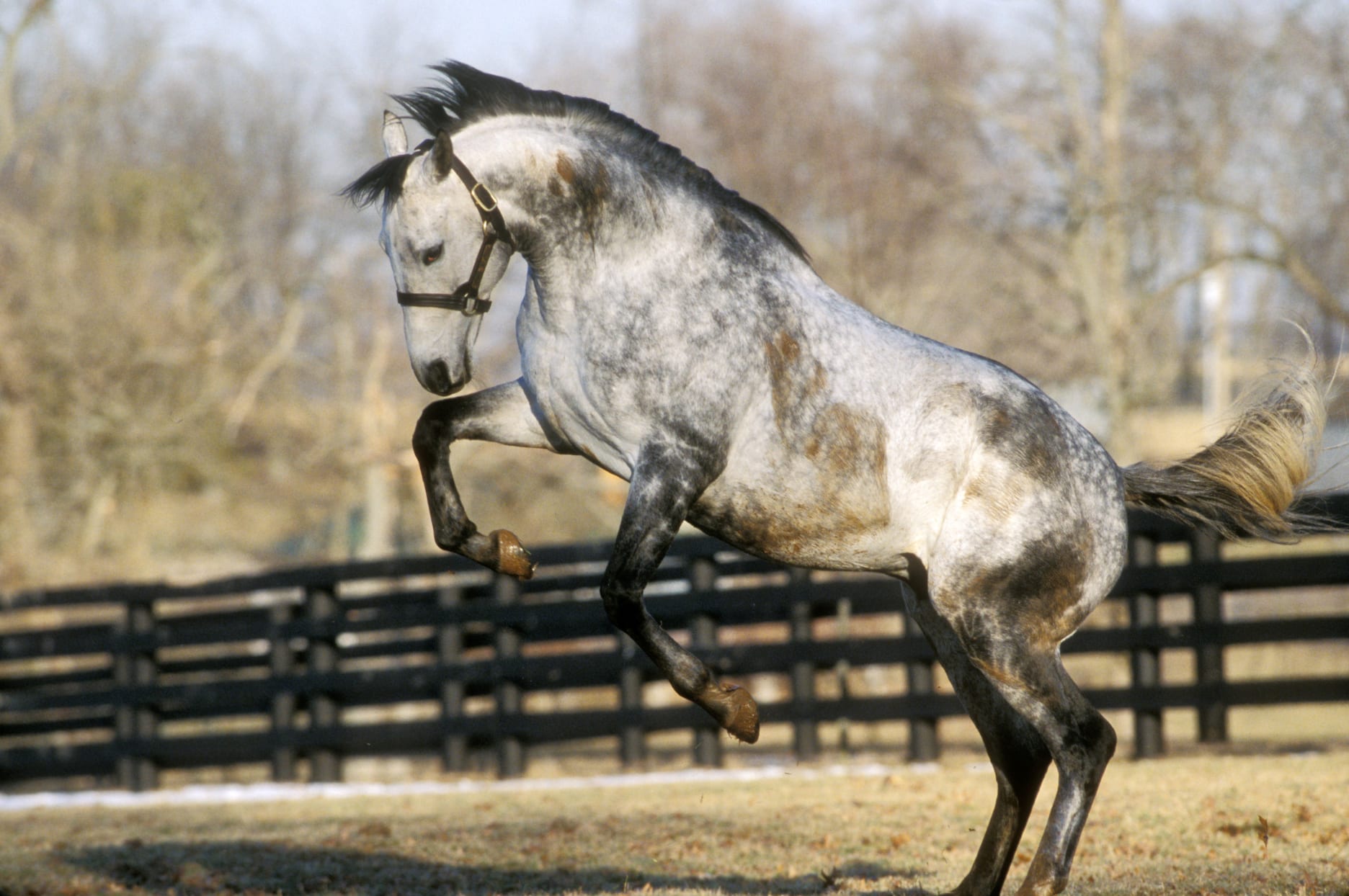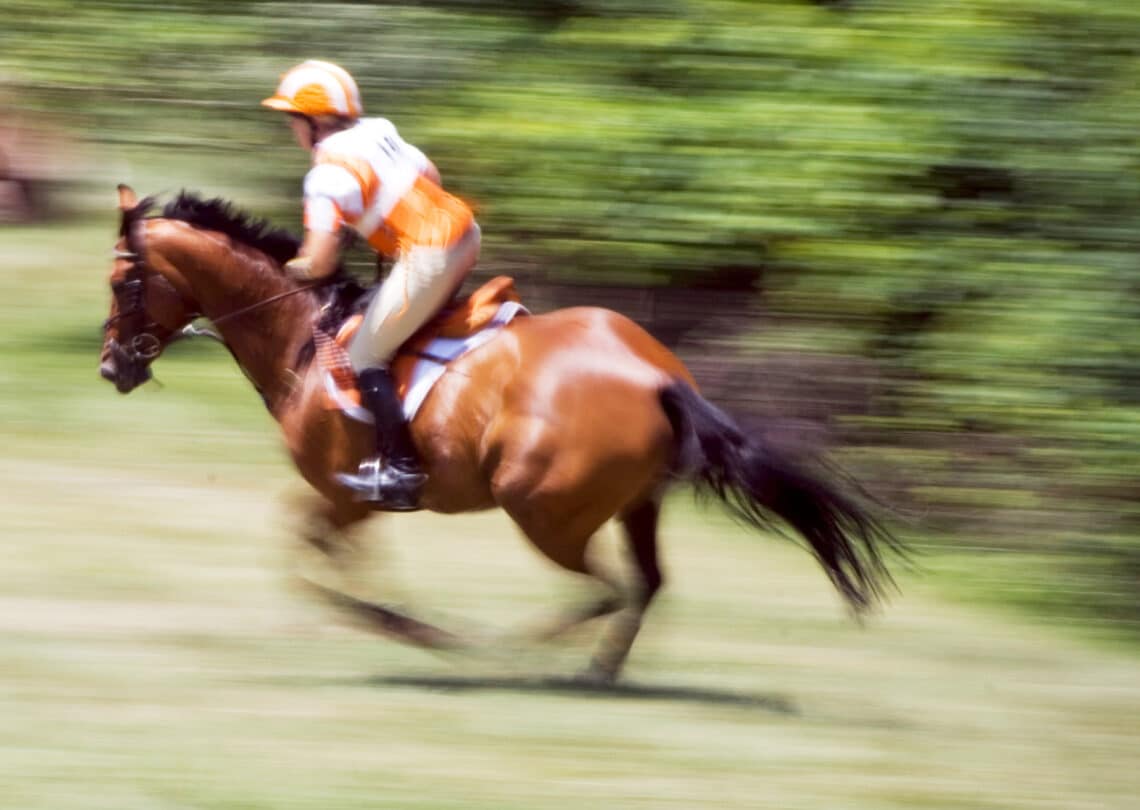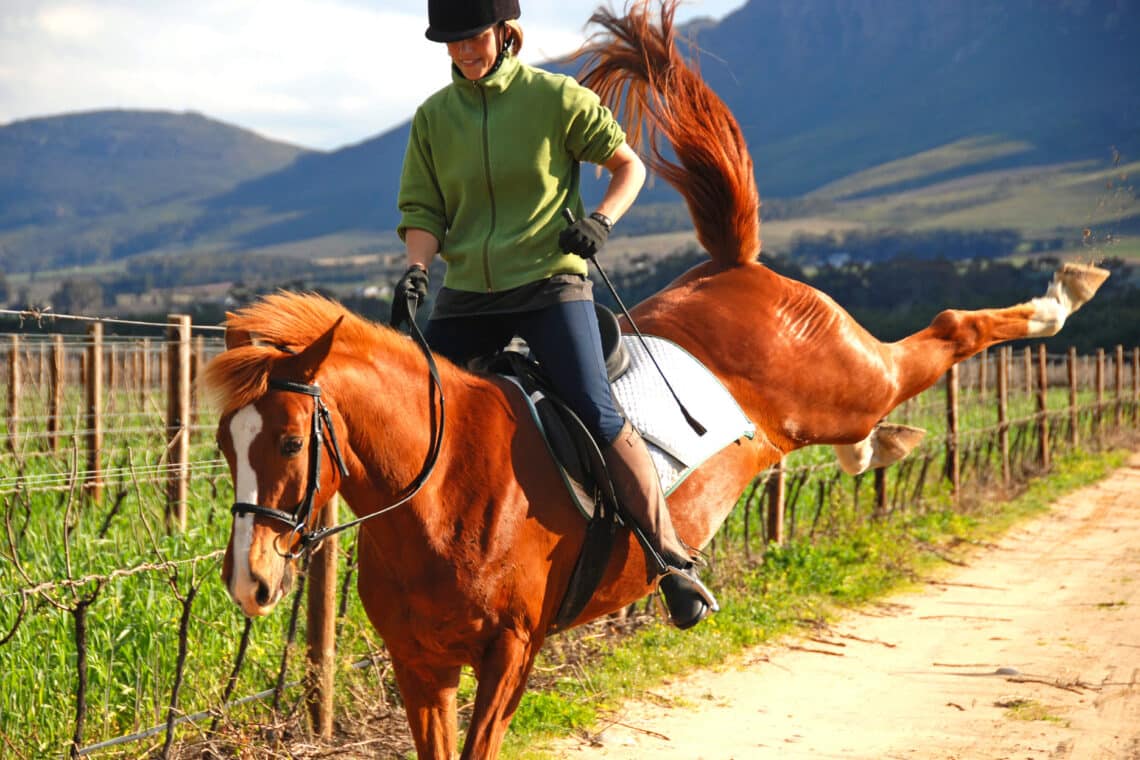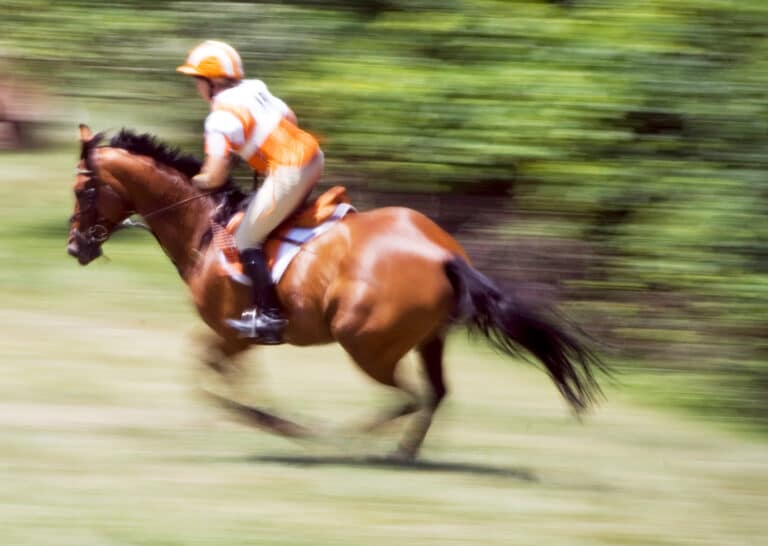
Feeding your fizzy horse
Is your horse hot, fresh or fizzy? Rather than tightening your seatbelt, some tweaks to their feed might be the answer, as LEISA HOFSTETTER explains.
It’s not exactly breaking news that horses can be hot, fresh or fizzy in response to certain feeds, but why is this, and how do we know which feeds are likely to result in unwanted behaviour?
To arrive at an answer, we need to understand the types of energy available in our horses’ feed, how they digest and use this energy, and what different energy sources can mean for their behaviour. For example, not all carbohydrates are created equal and their impact on a horse’s demeanour can vary quite dramatically. However, with some knowledge and understanding, it is possible to make informed decisions about how you feed your horse, and to reduce the likelihood of hot behaviour in the process.
There are three energy sources used by both horses and humans: these are carbohydrates, fats and protein. Protein, while it can provide energy, is very inefficient in this regard and therefore not used much by the horse for this purpose. Instead, most of the protein digested is involved in muscle growth and repair, and other important body functions.
Fats a

re a high energy fuel, but because they release energy slowly, they are considered be a source of cool energy. Horses can digest and use up to 15 per cent fat in their total daily diet. This doesn’t seem like much, until you take into account that a horse must consume around 1.5 to 2 per cent of their body weight in feed per day. For a horse that has access to grass or hay 24 hours a day, seven days a week, and so has a diet that consists mostly of forage, it’s likely that a fat content of above 15 per cent of their total diet will be hard to reach, even if hard feed is included once, or even twice a day. Fat tolerance and digestibility can also increase over time if fat is fed consistently and on a dail
y basis.
A horse’s main energy source is carbohydrates, but there are different types of carbohydrates that are either more or less beneficial depending on the horse’s needs and level of work. Similar to the human diet, there are fast release non-structural carbohydrates, and slow release structural carbohydrates.
Non-structural carbohydrates consist of starch and sugars. Examples of feeds high in starch and/or sugars include grains, fruit, some legumes and some rich green pastures, especially if the pasture is new growth. Structural carbohydrates, which, as the name suggests are the components of the plant involved in maintaining its structure, consist of fibre. Common sources of structural carbohydrate fibre for horses include grasses, hays, beet pulp, bran and soybean hulls.
Structural carbohydrates are digested in the hindgut by the beneficial bacteria present in a healthy horse. They are slow release because they are digested slowly, which means their glucose content is released into the blood over time. Glucose is one of the end-products of carbohydrate digestion and is a particularly useful energy source. Due to its slow release, a small amount of glucose is almost always available for transport through the blood – and the staggered release means that until all available supplies in the body have been depleted, glucose is available for fuel at about the same rate as it is used.
Imagine for a minute that the digestion and release of glucose from structural carbohydrates is like a conveyor belt steadily pushing fuel into a furnace and maintaining a consistent, manageable flame. What would happen if the speed of that conveyor belt was suddenly and dramatically increased? This is similar to what happens when non-structural carbohydrates are digested and their glucose enters the bloodstream – the flame burns much hotter and brighter, but the fuel source runs out much quicker.
Non-structural carbohydrates are usually digested in the stomach and small intestine. It is also possible for them to be digested in the hindgut, but this is not ideal as it can cause digestive upsets. Because they lack the fibre content of structural carbohydrates, non-structural carbohydrates are digested relatively quickly by the horse, and therefore the release of glucose into the bloodstream is much more rapid. In larger amounts, this can result in a higher than optimum level of glucose in the

blood, a glucose ‘spike’. Although the horse’s body can regulate excess glucose through the increased production of insulin, if this becomes a regular occurrence over an extended period of time, it can lead to a number of detrimental health issues, including disruption to healthy metabolic functioning.
One method the body uses to reduce blood glucose levels to normal is to store the glucose in muscle tissue in the form of glycogen, or to store it as fat. Muscle glycogen stores can be important for performance horses – eventers, campdrafters, cutting horses or show jumpers, for example – that may need sudden bursts of energy.
While it’s the oversupply of glucose in the blood that produces excess energy (think small children on a sugar high) and thus the likelihood of a hot or fizzy horse, such behaviour can also be related to the anxiety and stress your horse may feel in situations such as going to an event, being in a new setting, or trail riding with a group of horses they are not familiar with – in other words, being exposed to stimuli that are outside the norm for that horse.
Ensuring they are properly trained and exposed to a variety of settings and experiences will help to reduce their anxiety and hence the potential for any unwanted behaviour. Of course, the optimal approach is to combine training with an appropriate diet to help reduce the fizz and improve interactions between you and your horse. Riding is, after all, supposed to be an enjoyable experience, not an ongoing battle!
However, if you are participating in a discipline such as show jumping, eventing, cutting, or campdrafting, all of which require your horse to have access to a lot of energy in short bursts, feeds high in starch and/or sugars may be beneficial to performance and help to keep your horse in good condition when offered in the correct quantity.
In summary, the hot behaviour your horse is exhibiting may be caused by feeds such as grains, legumes and/or new growth green pasture, which are generally high in starch and/or sugars. Limiting these feeds can help to reduce fizzy behaviour, especially if combined with training that aims to reduce the stress and anxiety your horse might be experiencing on outings or in new settings.
A diet higher in fibre, and such a diet might include more mature grasses, hay, bran, beet pulp or soybean hulls, plus the addition of fats for horses who need that little bit of extra energy to help maintain their condition without the fizz, may assist in reducing unwanted behaviour, equating to a more positive experience for both horse and rider.
Now that you are armed with this knowledge, it is possible to make informed decisions about your horse’s feed and to reduce the likelihood or incidence of hot or fizzy behaviour. If you are still not sure which feeds are right for your horse, simply contact your nearest equine nutritionist so that they can suggest a diet that suits your horse, and provides the energy they need for their level of work without turning them into a sugar fuelled toddler!



